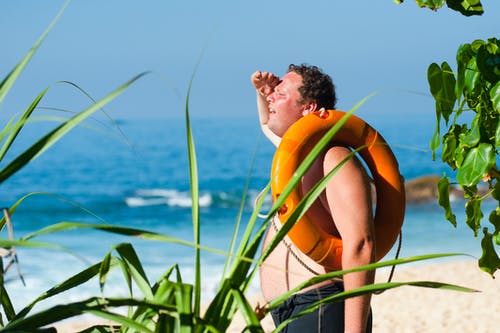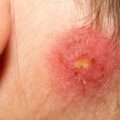Heat stroke is the most serious heat-related illness. It occurs when the body becomes unable to control its temperature: the body’s temperature rises rapidly, the sweating mechanism fails, and the body is unable to cool down. Some statistical approaches estimate that more than 1,300 deaths per year in the United States are due to extreme heat 2-year mortality rates have been reported to be between 58 and 71%.
When heat stroke occurs, the body temperature can rise to 106°F or higher within 10 to 15 minutes. Heat stroke can cause death or permanent disability if emergency treatment is not given.
Symptoms of heat stroke include:
- Confusion, altered mental status, slurred speech
- Loss of consciousness (coma)
- Hot, dry skin or profuse sweating
- Seizures
- Very high body temperature
- Fatal if treatment is delayed.
What Is The Proper Way To Treat Heat Stroke?
Heat exhaustion is not usually serious if you can cool down within 30 minutes. If it turns into heatstroke, it needs to be treated as an emergency.
Check for signs of heat exhaustion
The signs of heat exhaustion include:
• a headache
• dizziness and confusion
• loss of appetite and feeling sick
• excessive sweating and pale, clammy skin
• cramps in the arms, legs, and stomach
• fast breathing or pulse
• a high temperature of 38ºC or above
• being very thirsty
The symptoms are often the same in adults and children, although children may become floppy and sleepy.
If someone is showing signs of heat exhaustion, they need to be cooled down.
Things you can do to cool someone down
If someone has heat exhaustion, follow these 4 steps:
1. Move them to a cool place.
2. Get them to lie down and raise their feet slightly.
3. Get them to drink plenty of water. Sports or rehydration drinks are OK.
4. Cool their skin – spray or sponge them with cool water and fan them. Cold packs around the armpits or neck are good, too.
Stay with them until they’re better.
They should start to cool down and feel better within 30 minutes.
Immediate action required: Call for emergency medical assistance if:
You or someone else have any signs of heatstroke:
• feeling unwell after 30 minutes of resting in a cool place and drinking plenty of water
• not sweating even while feeling too hot
• a high temperature of 40ºC or above
• fast breathing or shortness of breath
• feeling confused
• a fit (seizure)
• loss of consciousness
• not responsive
Heatstroke can be very serious if not treated quickly.
Put the person in the recovery position if they lose consciousness while you’re waiting for help.
First Aid
Take the following steps to treat a worker with heat stroke:
- Call 911 for emergency medical care.
- Stay with worker until emergency medical services arrive.
- Move the worker to a shaded, cool area and remove outer clothing.
- Cool the worker quickly with cold water or ice bath if possible; wet the skin, place cold wet cloths on the skin, or soak clothing with cool water.
- Circulate the air around the worker to speed cooling.
- Place cold wet cloths or ice on the head, neck, armpits, and groin; or soak the clothing with cool water.
Preventing heat exhaustion and heatstroke
There’s a high risk of heat exhaustion or heat stroke during hot weather or exercise.
To help prevent heat exhaustion or heatstroke:
• drink plenty of cold drinks, especially when exercising
• take cool baths or showers
• wear light-colored, loose clothing
• sprinkle water over skin or clothes
• avoid the sun between 11 am and 3 pm
• avoid excess alcohol
• avoid extreme exercise
This will also prevent dehydration and help your body keep itself cool.
Keep an eye on children, the elderly, and people with long-term health conditions (like diabetes or heart problems) because they’re more at risk of heat exhaustion or heat stroke as climate changes.





